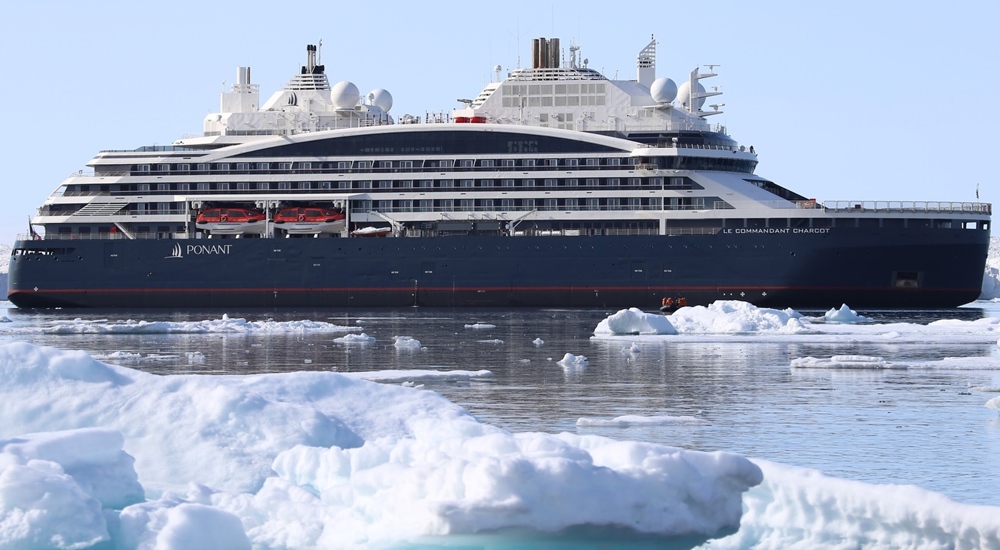-4H-JENA engineering GmbH (German manufacturer) installed its FerryBox (multi-parameter seawater sensor and measuring system) on a cruise ship to evaluate the role of global warming/glacial meltwater on the rising level of oxygen in the ocean.
FerryBox was placed aboard PONANT’s Le Commandant Charcot - the world's only luxury icebreaker, and a hybrid-electric LNG-powered vessel.
A concept with minimal environmental impact due to her green energy & propulsion systems, Le Commandant Charcot offers a luxurious environment for passengers seeking adventure away from the traditional destinations in addition to providing facilities for scientific projects with a couple of research laboratories, one of which open to the sea.
Installed in spring 2022 by -4H-JENA's technicians in Cherbourg (France), measurement parameters for the FerryBox of Le Commandant Charcot include basics like salinity, temperature, and sound velocity, in addition to measurements determining the concentration of dissolved oxygen and CO2, which provides insight into the concentration distribution of CO2. The latter is important to the study of ocean acidification, global warming, and the oceans' CO2 absorption function of the oceans.
With her inaugural Arctic cruise starting early in June and the sell-out 2022 cruise season ahead, the icebreaker’s dual scientific research approach and exploration voyage are paying off. While passengers get to reach the North Pole and go kayaking, they can also participate in workshops and seminars hosted by Ponant's scientists conducting research, which in addition to projects using FerryBox data, includes analysis of humpback whale behavior and the study of ocean plastic pollution.

Vladislav Sidorenkov-Duprez (PONANT Science Program Coordinator) said there was relatively little ocean data from the Arctic and Antarctic available, but with FerryBox alongside the laboratory facilities and other scientific sensors and equipment aboard Le Commandant Charcot, they planned to change that.
“Le Commandant Charcot’s itinerary takes FerryBox further North than the current highest FerryBox installation in Svalbard, allowing us to extend the geographical scope for autonomous water measurements even further using a solution that we can rely on to deliver accurate readings in any conditions.”